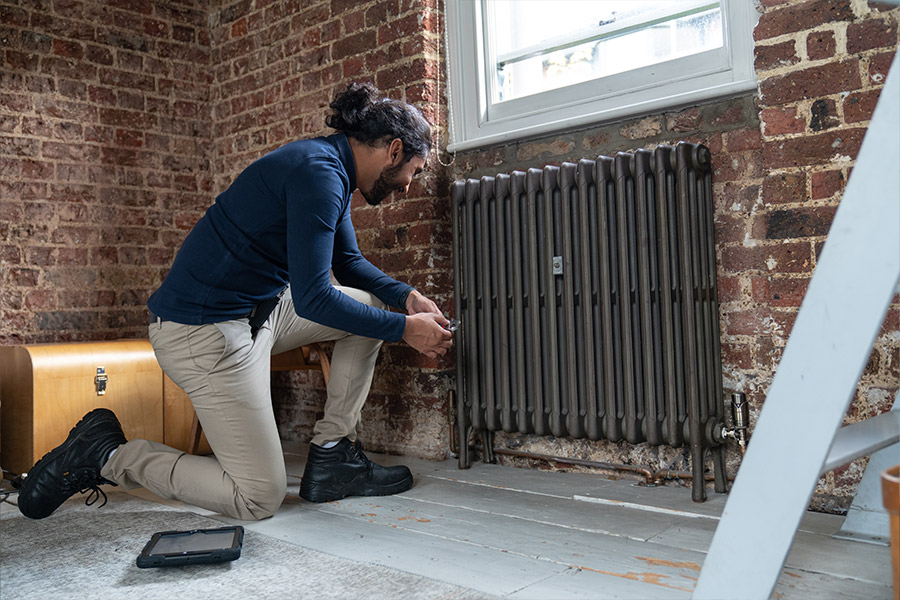If your radiator won’t turn off, don’t panic. It’s a confusing problem but not an unfixable one. There could be many reasons why it’s not working − but hopefully, these tips will help.
Why your radiator might cause problems if it’s always on
An 'always-on' radiator is a nuisance, to say the least. It wastes energy, strains the heating system and can make your room uncomfortably hot. So, it’s important to act quickly.
What are the common causes?
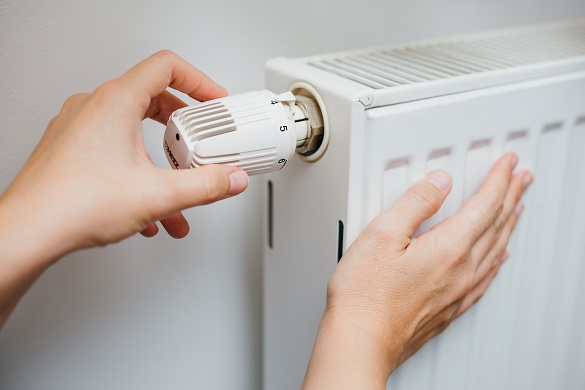
While a radiator not turning off might seem unusual, there are some common causes. Like faulty radiator valves.
These control the hot water flow to the radiator so you can change a room’s temperature. There’ll be a thermostatic radiator valve (TRV) or manual valve at one end. And a lockshield valve at the other.
If you’re unsure of the difference between ‘thermostatic’ and ‘manual’, look at the valve head. Many thermostatic valves have numbers on the outside for you to adjust the temperature. Though some have a screen or buttons instead. You can unscrew a TRV head from the radiator, often without tools.
Manual valves, on the other hand, can only switch radiators on or off. And they usually have a plain metal head that doesn’t unscrew.
With TRVs, there's a pin inside that sometimes gets stuck. If this happens when the pin is up, hot water will constantly flow through the radiator.
Different things can make it stick, like trapped dirt and debris. And if the spring under the pin breaks or gets trapped.
If the valves seem ok, the problem could lie with your heating system. Take care when checking, but do some radiators feel hot while others feel cold? If so, they may need balancing.
How to identify the problem
Turn your manual valve or TRV to ‘zero’ or whatever the 'off' setting is. Then, wait a few minutes until the radiator is cool. Be careful not to burn your fingers when carrying out this step.
If the radiator won’t cool down or you can’t turn the valve, there's likely an issue somewhere.
Time to whip out your toolbox and get to the bottom of it!
How to fix the issue and turn your radiator off
You might be able to switch the radiator off manually. This will lower the temperature while you fix the issue or wait for a professional.
Switch the radiator off manually
First, locate the lockshield valve. It’ll be on the other side of the radiator to the thermostatic radiator valve or manual valve.
Usually, to turn it off, you’ll have to remove the plastic cap. Then, you can use a spanner to rotate the spindle clockwise until it no longer turns. Once that’s done, pop the cap back on and wait for the radiator to cool.
How to fix a radiator with a thermostatic valve
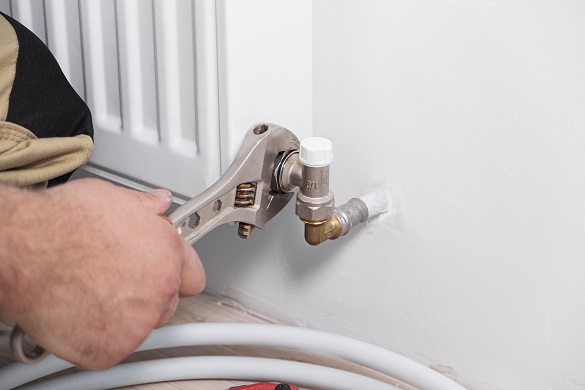
Grab a spanner or screwdriver, some WD40 and a wrench.
When you’re ready, unscrew the radiator valve head to reveal the metal pin. Carefully press the pin and see if it springs back up. If it doesn’t move, loosen it by tapping the side of the valve with a spanner or screwdriver. You can also apply WD40 to the pin. Now, see if it moves up and down.
Once the pin is free, replace the valve head. And adjust the lockshield valve so the heating comes back on. If the pin won’t budge, we advise contacting an engineer. The whole valve could need replacing, and this requires technical know-how.
If there’s no problem with the pin, the TRV head might be faulty. Replacement TRV heads are available from many DIY stores. To fit a new one, you just need to screw it onto the stem and then tighten it with a wrench. But keep in mind that not all radiator heads are interchangeable. So, measure the connection on your existing radiator head before choosing a replacement.
Replacing a manual valve also takes a lot of skill and experience. If this applies to your radiator, we recommend getting a professional to do the work.
Taking care of your radiators
Here’s what to do to keep your radiators in check.
If you’ve got TRVs, apply WD40 once or twice a year to the pins. This will help prevent them from sticking.
Make sure there aren’t any curtains or furniture blocking your TRVs. If they can't detect the right temperature, they might over or underheat your radiators.
And if there’s trapped air in your radiator, this can affect the valve’s performance and lead to uneven heating. So, bleed your radiators a couple of times a year to keep them working as they should.
Protect your heating system
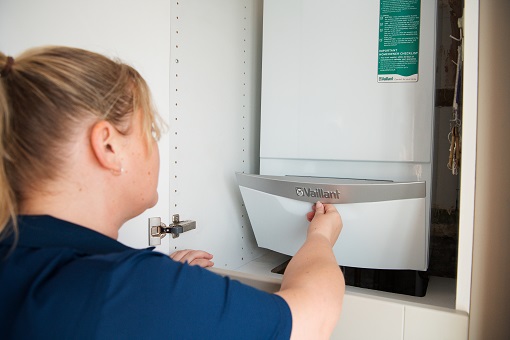
Our plans include annual services by Gas Safe engineers. And also maintenance tips to help keep your boiler running smoothly. We can look after your central heating system too for an extra cost.
So, if you want to take extra care of your radiators, this is something to consider.
Our blog is loaded with more related articles

Plumbing and heating tips
Noisy pipes or boiler? Here’s how to fix it
Sounds from your heating system aren’t always bad – but if your boiler or pipes are unusually noisy, it might point...
Read more
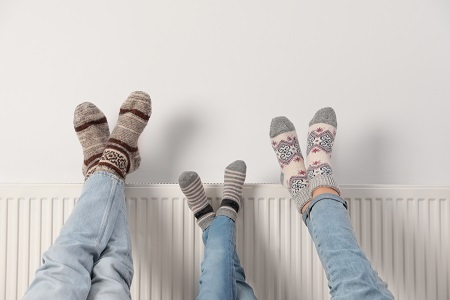
Plumbing and heating tips
How to balance your radiators
If your radiators aren’t heating up properly or evenly, you may need to balance them. Read this step by step guide to fin...
Read more
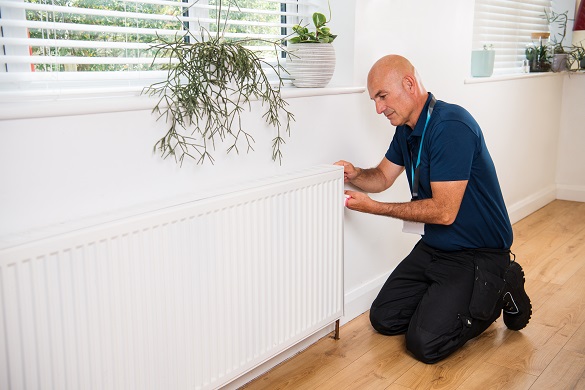
Plumbing and heating tips
How to bleed a radiator
If your radiators aren’t heating up properly, they may need bleeding. Read our guide on how to bleed a radiator, and find...
Read more
